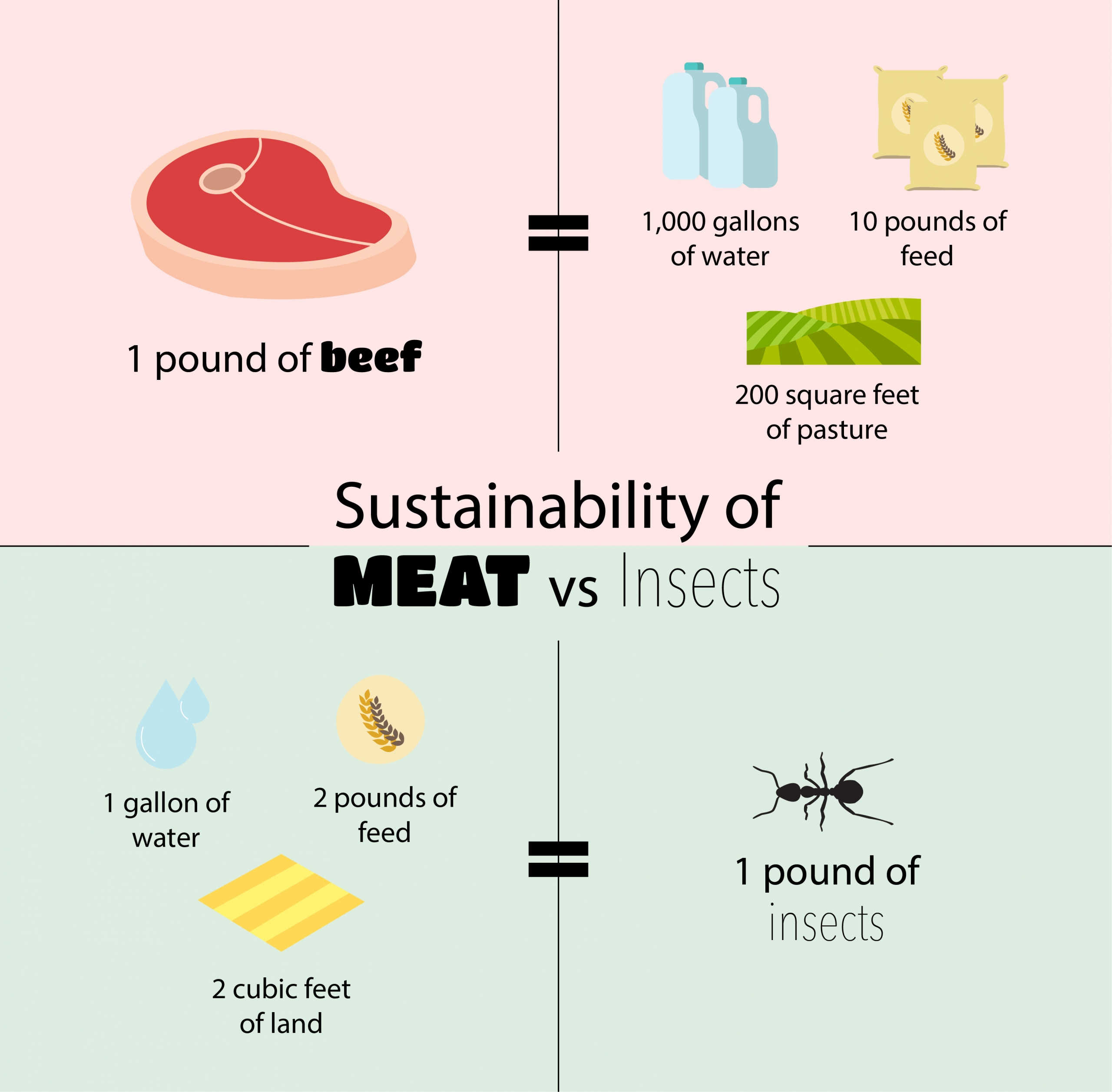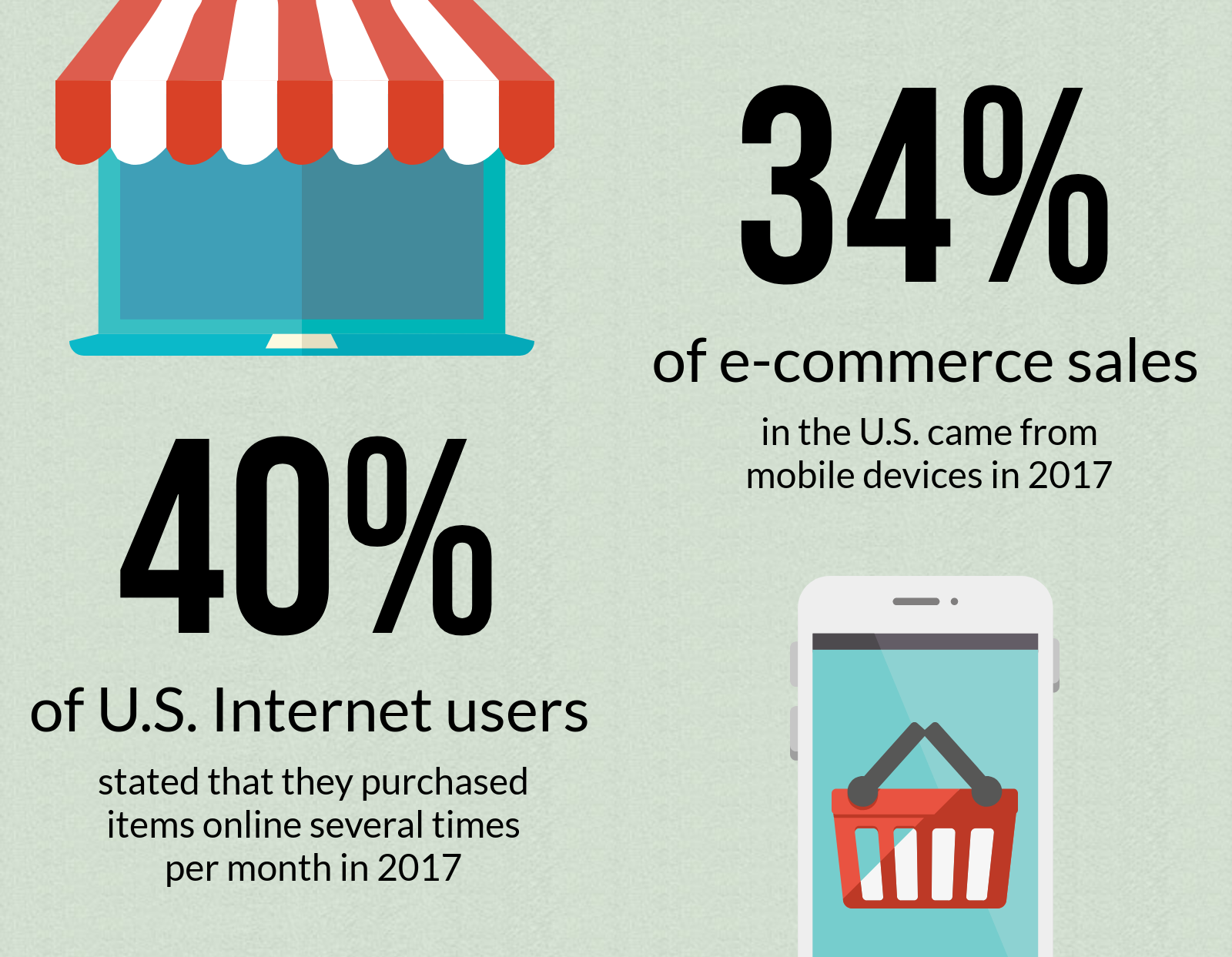Coronavirus and food safety: What you need to know

By Nailah John, Linda Golodner Food Safety and Nutrition Fellow
Perhaps some of the only good news about the Covid-19 is that food is not the primary way that the virus can be spread. According to Harvard Medical School, “We are still learning about transmission of COVID-19. It’s not clear if this is possible, but if so, it would be more likely to be the exception than the rule. That said, COVID-19 and other coronaviruses have been detected in the stool of certain patients, so we currently cannot rule out the possibility of occasional transmission from infected food handlers. The virus would likely be killed by cooking.”
Great, but not all foods can or are intended to be cooked – think of deli meats, cole slaw, potato salad, cheeses, salads, fresh fruits and vegetables, breads, pastry, butter, cream cheese; so if the mainstay of a deli or restaurant is “fresh” foods, spreading the virus is a real threat if the right precautions are taken.
And COVID-19 has made us all keenly aware of the importance of wiping surfaces and washing hands frequently, especially when handling food. We also know that COVID-19 can’t typically be transmitted from food or from food packaging. But we do have suggestions.
Food safety measures one should take:
- Wash your hands the right way: Use plain soap and water- skip the antibacterial soap, scrub the backs of your hands, between your fingers and under your nails for about 20 seconds, if you need to time yourself sing the chorus of your favorite song twice. Rinse your hands, and then dry them with a clean towel. Remember to wash your hands often especially since COVID-19 lives on surfaces for an extended period.
- Wash surfaces and utensils after each use: Wash cutting boards, utensils countertops with hot, soapy water, especially if you had raw meat, seafood, poultry or eggs on these surfaces. Don’t cross contaminate!
- Remember it is very important to wash your dishcloths in a hot cycle of your washing machine, sometimes we forget this key element to food safety.
- Learn more from FoodSafety.gov.
Food safety is paramount in our day-to-day lives – it’s so important that we take the necessary steps not to expose ourselves – whether eating in a restaurant or cooking at home, to COVID-19. Remember eat healthy, nutritious foods and take all the steps needed in preparing a safe meal for you and your family.





 “SNAP is one of the most efficient and important public benefit programs,” said Shaunice Wall, NCL’s Linda Golodner Food Safety and Nutrition Fellow. “SNAP helps reduce food insecurity and improves the nutrition of millions, especially among the most vulnerable Americans. For many Americans living in food deserts, online food retailers are sometimes the only way to stock refrigerators,” NCL supports this collaboration between USDA and Amazon.
“SNAP is one of the most efficient and important public benefit programs,” said Shaunice Wall, NCL’s Linda Golodner Food Safety and Nutrition Fellow. “SNAP helps reduce food insecurity and improves the nutrition of millions, especially among the most vulnerable Americans. For many Americans living in food deserts, online food retailers are sometimes the only way to stock refrigerators,” NCL supports this collaboration between USDA and Amazon.
 The pilot will start with SNAP households with EBT cards issued by New York. Online retailers will only be able to deliver in New York. The plan is for the pilot to eventually expand to other areas of New York as well as Alabama, Iowa, Maryland, Nebraska, New Jersey, Oregon, and Washington. Lessons learned will then allow expansion of online purchasing in SNAP.
The pilot will start with SNAP households with EBT cards issued by New York. Online retailers will only be able to deliver in New York. The plan is for the pilot to eventually expand to other areas of New York as well as Alabama, Iowa, Maryland, Nebraska, New Jersey, Oregon, and Washington. Lessons learned will then allow expansion of online purchasing in SNAP.














